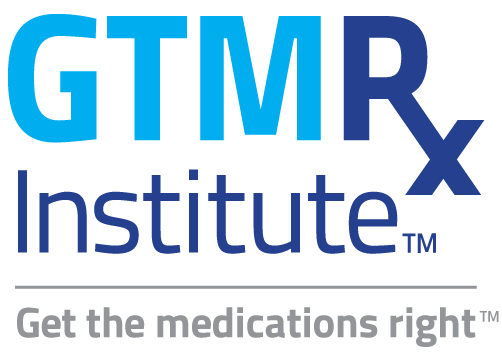
By Sandra Morris, Business Development, Member Engagement, GTMRx Institute
October 9, 2019
Delivering A Prescription for Change Without Boiling the Ocean
The Fall conference season is in full swing and employer health leaders are convening in cities across the country discussing and debating how to get beyond incremental improvements to the elusive break through change that’s needed.
As someone who’s been part of the employer health community for decades both as someone with responsibility for designing and executing benefits strategies for thousands of employees and as the director of business development and member engagement for the GTMRx Institute, I typically get a sense of déjà vu the minute I take my seat in that first conference session of the season. Why? Because despite our progress towards value-based care or access to advanced technology, we haven’t yet been able to crack the code on what’s one of the single biggest problems contributing to costs across the system: sub-optimal medication use.
Research shows that this one issue costs 275,000 lives and $528 billion dollars annually. Costs felt by employers and the employees they cover.
Over the years, we’ve dissected various benefits, interventions and contracting strategies to drive appropriate use and improve affordability for prescription drugs. Consider how many sessions on medication adherence alone we’ve attended! Through these efforts to achieve excellence in various aspects of employee health management, we’ve ended up with a series of solutions in silos that work well to some degree, for some amount of time. But we all know that incremental improvements can only get us so far.
The employers I talk with say it’s time for better. The kind of better that can only be achieved through delivery system transformation. A daunting prospect indeed. As one colleague shared with me, “We all know the current system is not efficient or precise, but we feel helpless to change it as it is like boiling the ocean.”
So, what’s different now? We have a clear path forward and a significant new force leading the way to the system transformation we so desperately need but have been lacking. Comprehensive medication management (CMM) offers us a framework for achieving the system transformation we need to break out of the silos and get beyond incremental improvements. CMM takes us well beyond medication therapy management and medication adherence. It is the means of giving us a pharmacy medical home, the functional integration among the care team that’s been getting in the way of optimal medication use at the individual level.
CMM builds on years of research and real-world experience led by payers, providers and employers across the country. (The VA alone has a wealth of best practices – and results that will get your CFO’s attention!) The success of the VA and many others inspired the GTMRx Institute (Get the Medications Right) to launch in April of this year. Our vision is to enhance life by ensuring appropriate and personalized use of medication and gene therapies. Stakeholders and thought leaders from across health care are now working together in a systematic way to transform the system.
For employers, transforming our delivery system around the simple question, “Is this the right medication for this patient?” is an idea whose time has come. With technology, policies and the market rapidly accelerating towards value-based care, supported by a new era of consumerism, we’re at tipping point to finally achieve a breakthrough.
This sentiment was shared by colleagues attending the Integrated Benefits Institute/Conference Board Health & Productivity Forum and National Business Group on Health Employee Health & Wellness conferences in September:
“With the amount of technology available today, there is no reason why physicians should still have to guess about the right medication for a patient.
“The team-based approach to healthcare has been proven time and time again to be the most effective way to care for a patient. Teaching hospitals use it all the time. It makes perfect sense to have a team that includes a pharmacist. Who better to really understand everything about a drug that can influence a good or bad outcome to care?”
So, we have broad agreement that it’s time for better, we have a promising approach and we have a new galvanizing force to drive us forward. We also know, however, that system transformation isn’t a flip on of the switch kind of thing. What can we do today as an employer community and as individual leaders? Some immediate opportunities:
- Learn what CMM is and familiarize yourself with how it has been implemented with different populations.
- Engage your health plan and PBM and use your contract authority to encourage and strengthen what they’re doing by asking that they move beyond adherence programs.? Also, ask them to share what their vision is around appropriate and optimized medication use.
- Share with us input on the types of tools and education you need in order to drive optimal medication use through benefits design, contracting and employee engagement.
The GTMRx Institute is bringing together thought leaders, experts and changemakers to accelerate the movement to getting the medications right. It’s a resource for today’s employers and an avenue to get involved for employers interested in driving transformation around appropriate use of medications. As I’ve been introducing the Institute to employers along the conference circuit, it’s been especially exciting to hear the enthusiasm for our work and the opportunity before us.
“It is great to know there are many others like us who want to see a change for the better.”
“It will take an army to dissect all of the components of the current system and rid it of the waste.? Good to know the army is forming.”
If this strikes a chord with you, I encourage you to check out the GTMRx Institute. There are many ways you can get involved and a growing library of content we’re developing and curating that you can tap into for your own knowledge. I also invite you to step right up and introduce yourself if you see us speaking or exhibiting at the Fall meetings.

